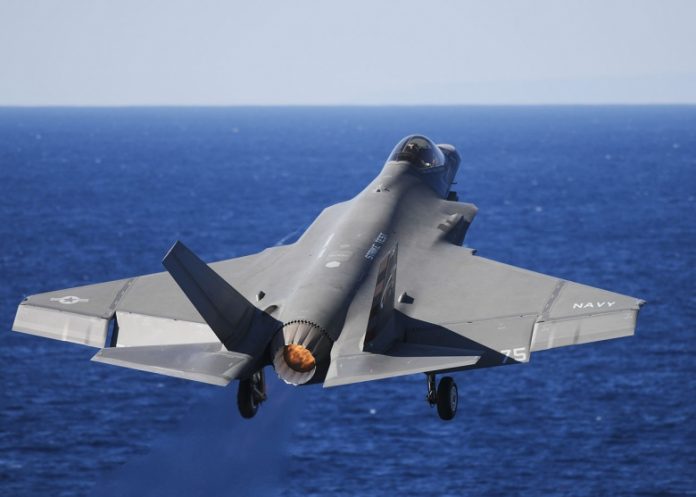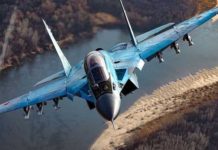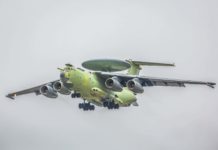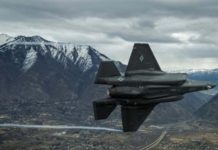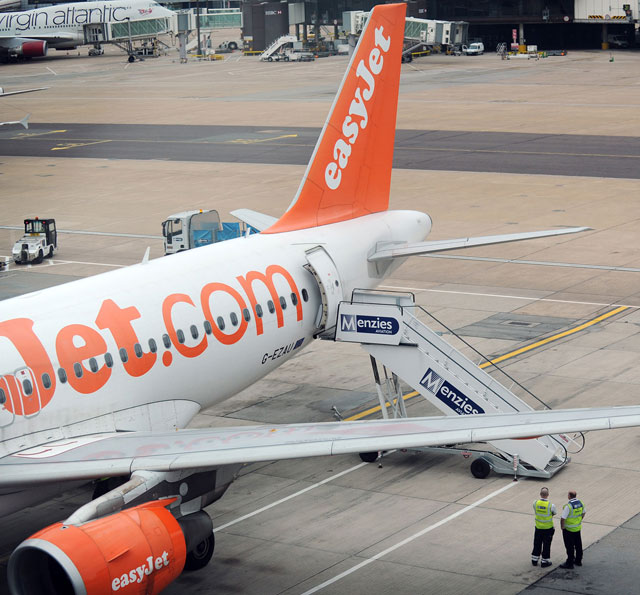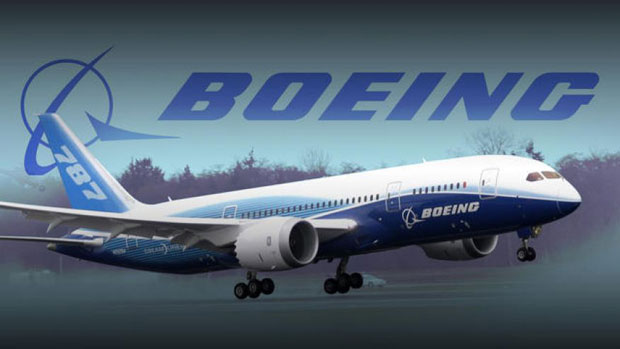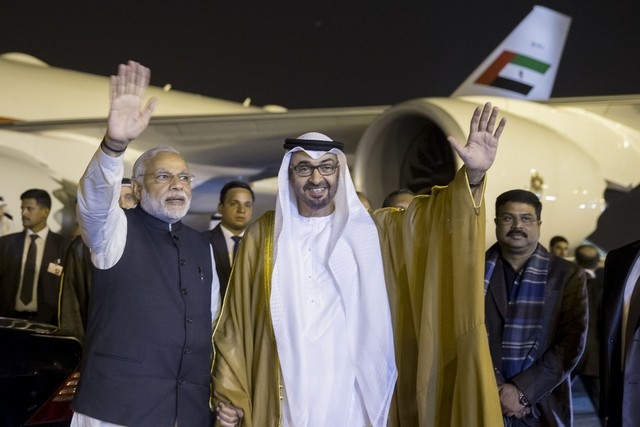Canada could withdraw from the program stealth fighter jet F-35 in a short time by paying approximately US $313million . It is delivered in an analysis prepared by the Department of Defense after the Liberal Party won the federal election.
Canada could withdraw from the F-35 stealth fighter jet program on short notice by paying a little more than $300 million U.S., according to an analysis prepared by the defence department soon after the Liberals won the federal election.
The government could leave after only 90 days’ notice, although it would still need to pay the remaining fees the previous Conservative government committed to the F-35 program, according to the Department of National Defence documents obtained by Postmedia.
The analysis was produced four days after the election.
Prime Minister Justin Trudeau came to power, pledging the Liberals would not buy the F-35, an aircraft he said was unnecessary for Canada’s needs and too expensive.
Although a Liberal government originally signed on to a research and development program for the plane, the Conservatives significantly expanded that commitment.
In 2006, Canada agreed to participate as a partner at a cost of US$551 million, according to the DND analysis. That did not commit the government to buying the aircraft, although it provided inside data about the project and a chance for domestic aerospace firms to bid on F-35 work.
“Canada has not signed a contract and can pull out by providing a 90-day written notification to other participating nations,” the analysis prepared for Deputy Minister John Forster pointed out.
“Canada’s liability would be no greater than US$346.7 million” – the difference between what it had already contributed and what was remaining of the original US$551 million commitment.
Since the analysis was produced, the Liberal government has paid another US$33 million. Under that commitment, Lockheed Martin provided F-35 work to Canadian firms on the understanding the Canadian government would eventually buy 65 of the jets.
If Canada decided not to proceed with the purchase, Lockheed Martin would not be obliged to employ domestic firms, the DND analysis noted.
“There is a risk that some contacts would not be renewed,” it added.
The Liberal government is expected to decide within months how to replace Canada’s aging fleet of CF-18 aircraft.
Defence Minister Harjit Sajjan has talked about a fair and open competition for a new fighter jet. Despite Trudeau’s pledge that Canada will not buy the F-35, Lockheed Martin, with other aircraft firms, recently submitted information about their planes to the government.
“It looks like we’re being included so we look forward to competing on that basis,” Jack Crisler, one of Lockheed Martin’s senior F35 officials, recently told Postmedia.
The stealth fighter became a political nightmare for the Conservative government after it agreed to buy the planes. The F-35 has been plagued with technology problems and U.S. lawmakers have complained about its cost.
In 2012, Auditor General Michael Ferguson issued a report that concluded Canadian defence officials withheld key information from Parliament about the proposed purchase, underestimated costs and did not follow proper procurement rules.
In June, Lockheed Martin almost saw its hopes of selling planes to Canada evaporate. Ottawa was close to moving on an interim purchase of Super Hornet jets from Boeing and Trudeau claimed the F-35 “does not work and is far from working.”
In response, Lockheed Martin warned Canadian companies who had F-35 contracts would suffer. After that, plans for a Super Hornet interim deal seemed to disappear.
The U.S. Air Force says the F-35 is combat ready although critics say much work still needs to be done on the aircraft. Two F-35s recently visited Canada for the first time at the airshow in Abbotsford, B.C.

